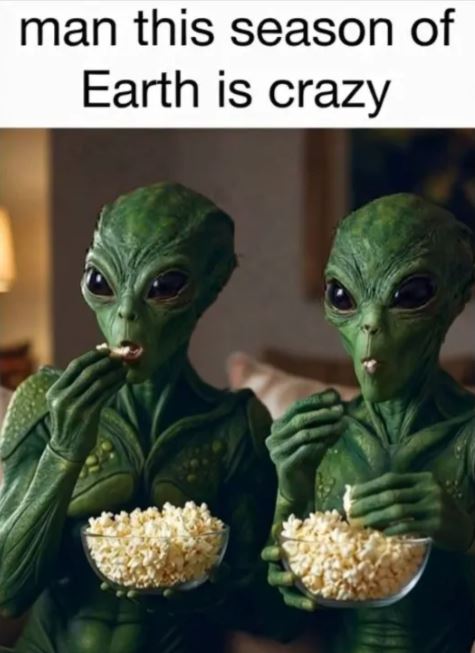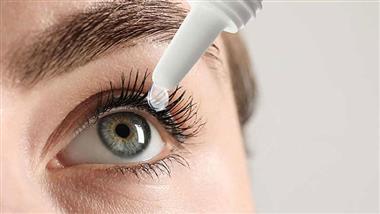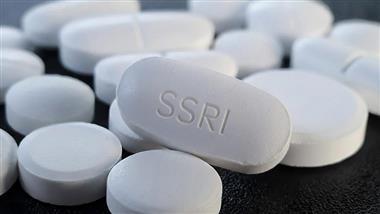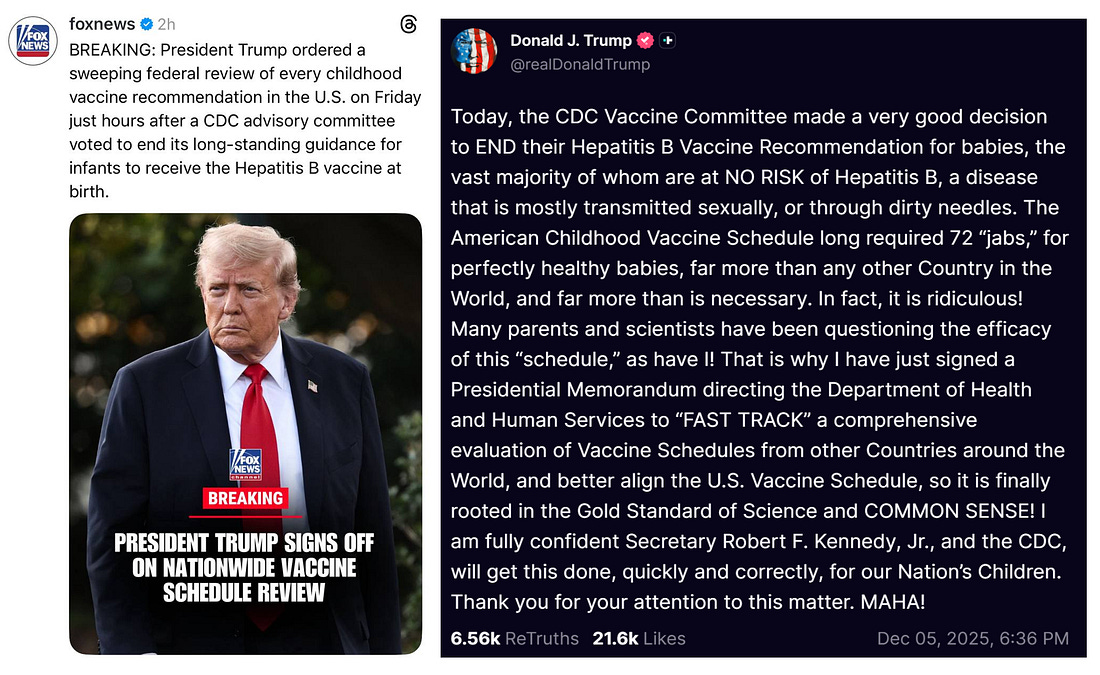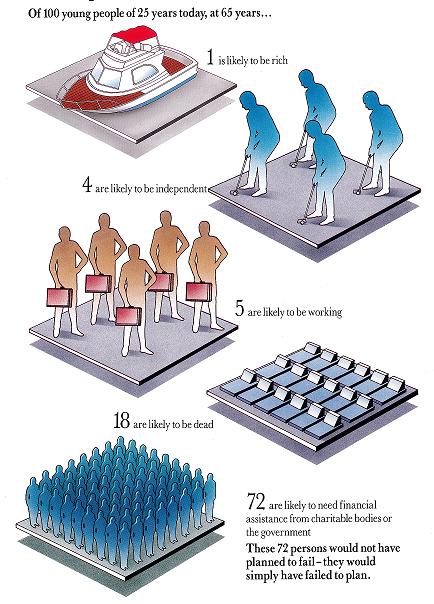
Well, perhaps not deliberately, but by omission?
You may or may not have heard the saying, “If you fail to plan you are planning to fail.”
This has direct relevance in so many areas of life it is well worth a discussion with those about whom you care, like I am doing with you!
Finances is the field where I first heard the saying. It’s about 50 years ago now that I first heard “of any 100 people aged 25 now, by the time they get to age 65, 1 will be rich, 4 will be independently wealthy, 5 will be working still, 27 will be dead, 63 will be broke.” (source: ABS 1992 Census).
Productivity was the field to which I had already found that principle most applicable in daily life. If I started the day with a list of what I wanted to accomplish for the day I was invariably more productive than if I failed to do so.
I became even more aware of exactly how important is this principle after starting Healthelicious Foods. The more I learned about the enormous variations in daily energy levels, mental clarity, continued good health and life-span consequent upon our dietary and lifestyle choices and how ill informed most of us are, the more I realised you cannot effectively plan with inadequate knowledge. Which is why I encourage you to become far more informed with the best information I have accumulated over the last 17 years. https://howtolivethehealthiestlife.com/
Even having that knowledge, you still need to put it into effect. And this can be difficult. There are many external factors that apply continuous pressure to eat and drink differently than optimum. I don’t need to tell you about them. Most people experience them every day.
Which brings me to another very applicable piece of advice from my past, “If you have a problem, make it a procedure.”
For instance you may have heard the new saying, “Sitting is the new smoking.” referring to the fact that sitting for six hours or more a day is very damaging to your health. (As is standing in the one spot, as do some shop assistants.)
Well, if that is the problem, what is the procedure I can implement as a solution? For me it is a little app called BreakTaker that I downloaded and installed on my desktop. I set it to pop up every ten minutes to remind me to stand up. That is apparently as little as it takes to counter the effects of extended sitting.
With getting the best nutrition into your body to sustain a higher daily energy level, my solutions are my food bars and nutrition powders. My nutrition powders can be taken straight with water or mixed with coconut milk or added to a smoothie. They are a super easy solution to the problem of getting a nutritional intake adequate to sustain physical energy, mental clarity in the short term and studies (and my personal experience) suggest better health outcomes longer term.
So take advantage of my many thousands of hours of data collection, ingredient sourcing and product formulation. Deliberately and with malice aforethought, plan your continued good health! Get a copy of my book at https://howtolivethehealthiestlife.com/ and pick one or more of my nutrition powders at https://www.greenspowders.com.au


